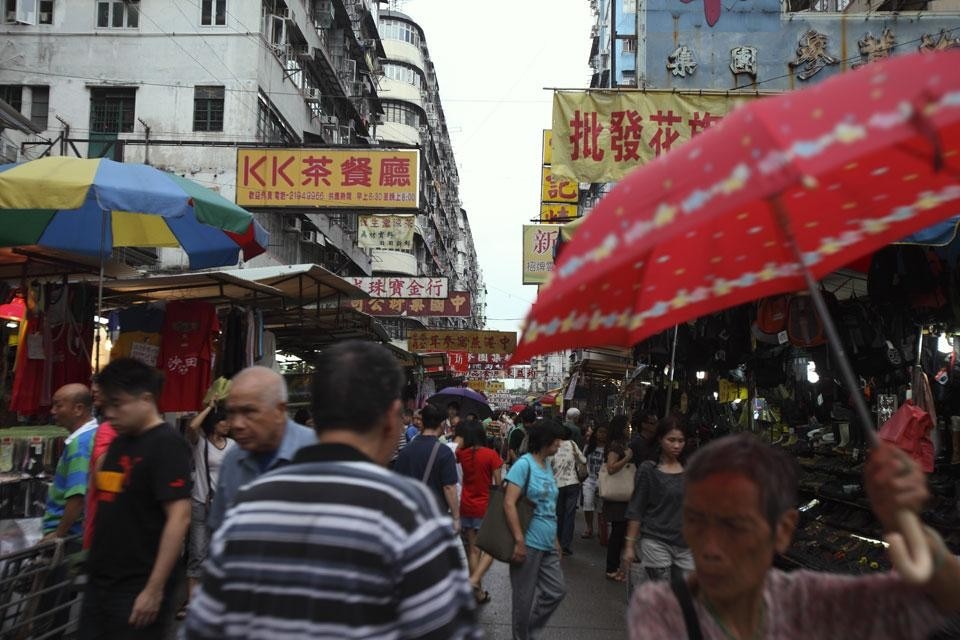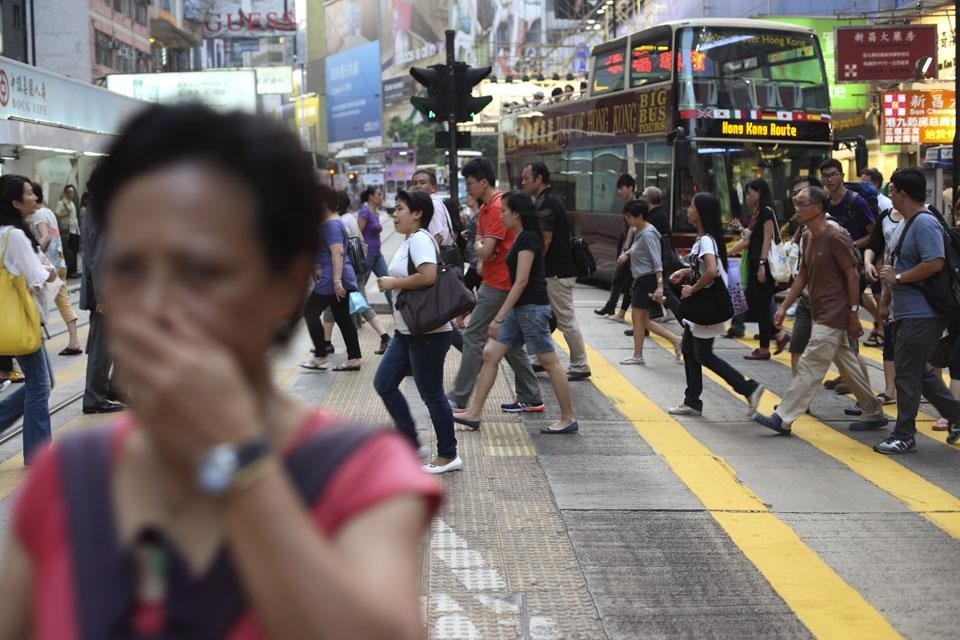This year's Urban Age conference chose Hong Kong as its latest focus for research and debate on the complex links between cities, health and well-being, with a multitude of experts from healthcare, planning, architecture and social policy. Addressing the eminent international group, Ricky Burdett, Director of LSE Cities, London, co-founder with Deutsche Bank's Alfred Herrhausen Society, of the cycle of investigations into the challenges of rapid urbanization, pointed out that Hong Kong far outstretches New York and Shanghai for peak population. This phenomenon, no surprise to most visitors, is brought about by the city's vertical approach to property development, which is both a strength and a weakness.
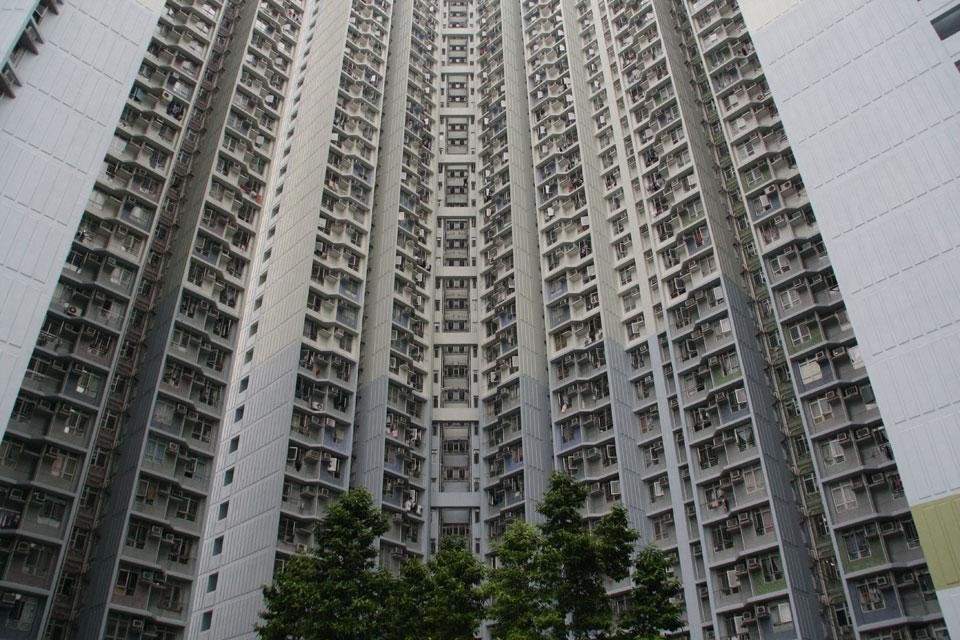
The way the ecological issue is manifesting itself is threatening economic development. Two major urban schemes planned—the Hong Kong Zhubai Macau Bridge connecting the city with the western PRD—and the third runway for the airport—have a lot of vested interests. Predictably this has catalysed the debate as one that polluters and regulators are showing signs of wanting to solve sooner rather than later by reducing emissions.
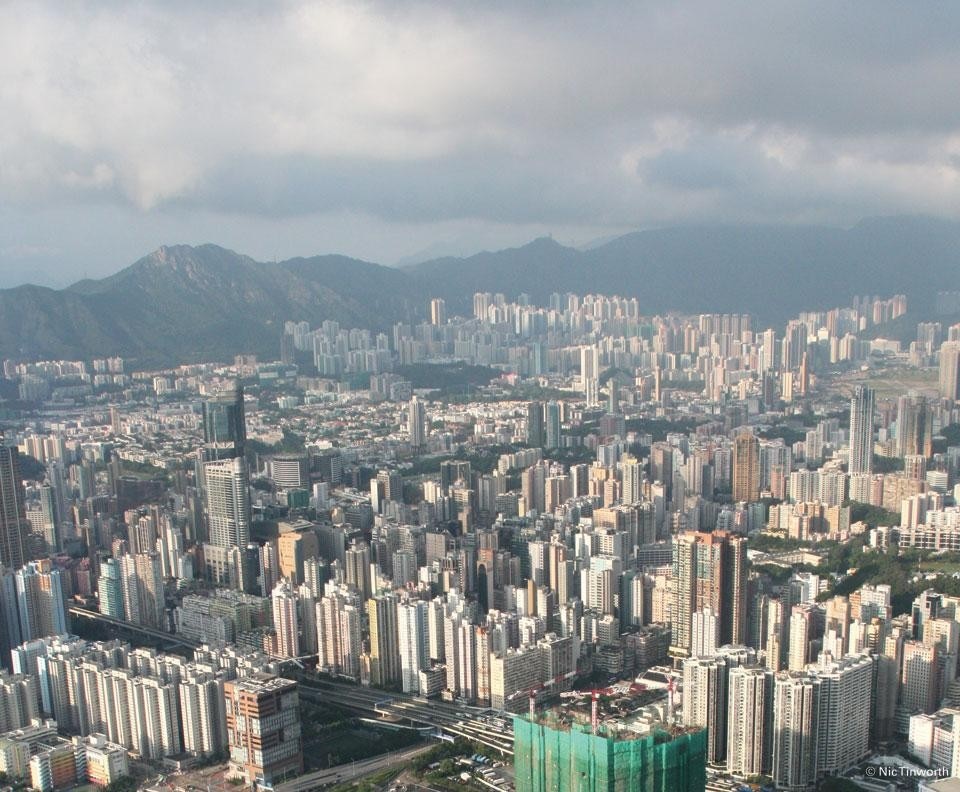
To investigate these issues on the ground, LSE Cities laudibly arranged interdisciplinary teams to do a fine-grained analysis of three of the city's denser, yet contrasting, neighbourhoods—Whampoa, a well-served across the bay from Hong Kong Island in Kowloon with spectacular views across the harbour, Sham Shui Po, home of the city's textile trade since 1950s and with relatively poor residents, and Sai Ying Pun, one of Hong Kong's first settlement areas from 1841.
Joshua Bolshover, Assistant Professor at the University of Hong Kong, who led the research, calls Sai Ying Pun one of the city's most complex and challenging areas. The Urban Renewal Authority is buying up properties here, replacing small plots with large towers—'its network of smaller-scale voids and cracks', which provided space for social interaction and workspaces.
As a force field of fresh data, research and case studies, the conference itself powerfully widened the debate from solely an economic justification for improvements to the ethical and health benefits to the whole of society.

Whampoa is the most middle-class of the three districts researched. Its Wampoa Garden Estate replaced the docks closed in 1985 with no trace of its earlier industrial heritage. Bolshover describes it as 'like a condensed version of Le Corbusier's Ville Contemporaine (1922), a developer's utopia of a happy, mixed use populace.' Its malls and open recreation area offer a lot of shopping.
But perceptions of well-being across these districts varied hugely according to people's ages, as LSE Cities discovered in their research. A middle-aged resident in Whampoa said his working hours were so long that the relative quality of the local environment was less important—like many of his age he spent little time at home. Despite the density, the participants in the research reported little interaction with neighbours. Older respondents said that compared with the old colonial days, they found life harder today, and many saw little of benefit about the way urban renewal was being carried out, losing familiar places.
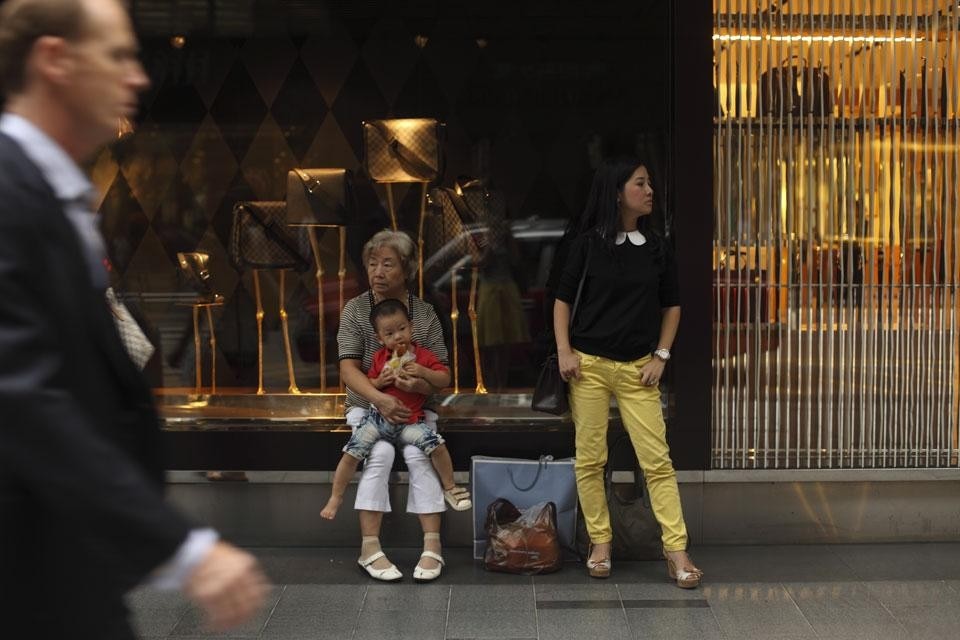
Density needs to be better designed to avoid compromising the health and well-being of all city dwellers, and the question is whether the Hong Kong government is doing enough in terms of its social policy while urban renewal and infrastructure development destroy public spaces and local facilities, replacing them, as Myfanwy Taylor and Cristina Inclan- Valadez, who led the interviews with Hong Kong residents, 'with high-end hotels and apartment buildings that the real estate market both demands and supplies, generating a sense of loss for many residents.'
Can health and well-being and cities ever be sufficiently compatible? Since many in both the developing and developed world are socially and economically polarized, the answer calls for an inclusive vision of health—and in Hong Kong that means not just ridding the city of its appalling cubicle houses but building enough social housing of good quality in convenient, well appointed locations, not letting it be squeezed in or its candidates into tiny 'cages'. But, in the absence of other drivers, the presence of bodies such as SoCO, which through its civic education programmes and social actions, has nurtured people at the grassroots of society with a sense of civic responsibility so that they can flex their political muscle', a bigger, more generous sense of urban well-being can be incubated.
Some of these issues resonate deeply across other world cities, especially the narrow ways in which health was treated, and cross-cultural examples from a range of continents were well represented at Urban Age Hong Kong, for example, by Edgar Pieterse, Director of the African Centre for Cities, Cape Town) and Siddharth R. Agarwal, Director of the Urban Health Resource Centre in New Delhi. The consensus was that a spatial approach to urban public health highlights inequalities in well-being, and helps build future design awareness to positively impact on it, shifting emphasis away from abstract statistics of a generic 'spaceless and placeless 'rural' and 'urban' population to the urban spaces and places of cities, say Burdett and Taylor.
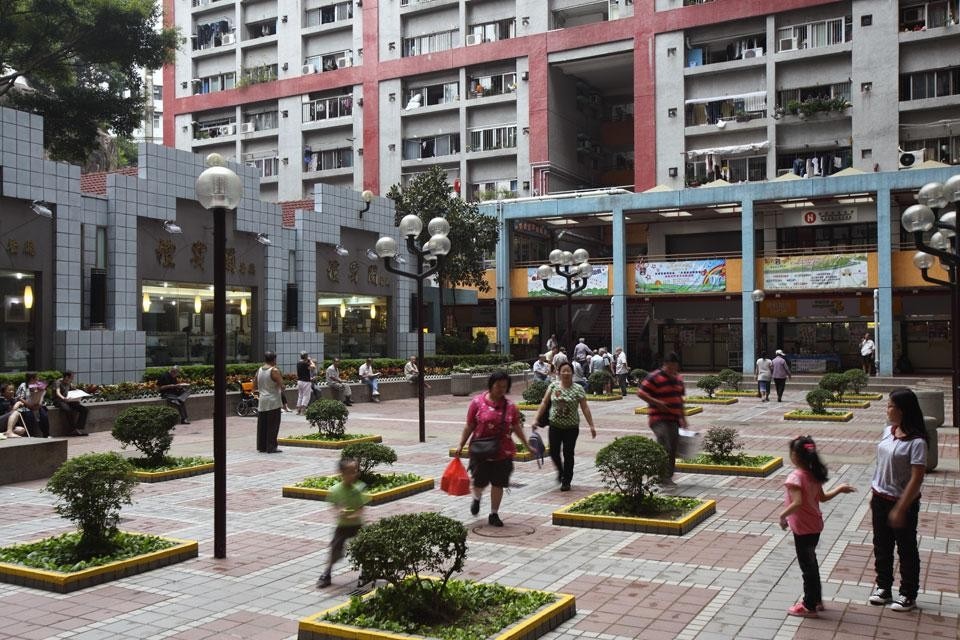
A further, dominating dilemma is that, in many cases, urban governments are more as an obstacle than part of solutions. By bringing together a wealth of multidisciplinary specialists, Urban Age's wish is to influence the way in which strategies are tackled, forging a more better relationship between research, policy and practice.
A more humane approach to housing needs, to the value of walkable neighbourhoods with plenty of green space to combat obesity and today's stressful pressures; all these urban elements could be supported by qualitative methodologies, they say—how urban residents actually feel and experience their cities—beyond the dry quantitative evaluations customary when planning. It sounds like a no brainer, but the step change in perception and action has to come from listening to and valuing the foremost, experiential dimension of living of all urban dwellers.
Lucy Bullivant
